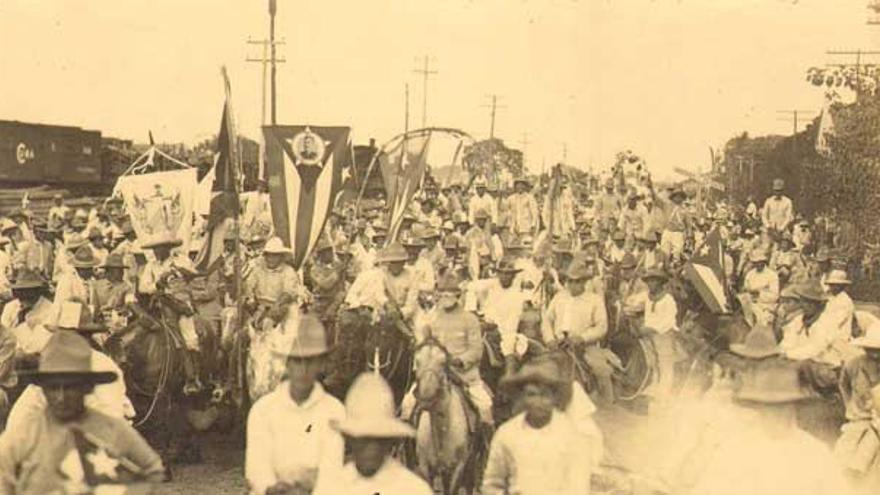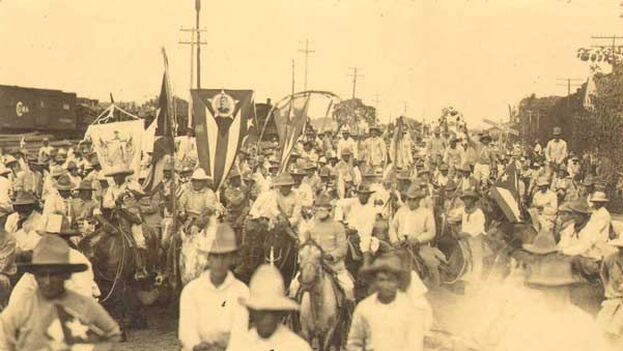
14ymedio, Yunior García Aguilera, Madrid, 1 February 2024 — The history of Cuba is sung. When Perucho Figueredo composed our own Marseillaise, he did so by disguising it as a religious march. He even played it in the main church during the Corpus Christi celebrations in the presence of the Spanish officials. They, of course, were suspicious. That melody was much too powerful and passionate to be a simple hymn dedicated to the Lord. They summoned the orchestra director and Perucho himself. Their interrogators knew nothing about music so the creator of our national anthem got away with it. When, not long after, he included the lyrics while mounted on his horse, there was no longer any doubt that La Bayamesa was a battle march.
Several years ago, Anima Studios in Holguín commissioned me to write a script for an animated cartoon about the history of our anthem. What I wrote about was the present, not the past. The words were the same dialogue we used when silently conspiring against the dictatorship. They fell for it. I think they even premiered it on one epsisode of State TV’s Roundtable program. I don’t know, however, if Cuban television will continue broadcasting material about the national anthem in which my name is at the top of the final credits.
I don’t know, however, if Cuban television will continue broadcasting material about the national anthem in which my name is at the top of the final credits.
Getting back to the topic at hand, there were several musical battles during the Republican era but perhaps the most famous of all was the one over La Chambelona. The head of government at the time was our third president, Matanza’s Aurelio Mario Gabriel Francisco García Menocal y Deop.
The Foreman, as he was nicknamed, was born in Jagüey Grande in 1866. His family was exiled during the Ten Years’ War and young Mario ended up graduating with a civil engineering degree from an American uni


